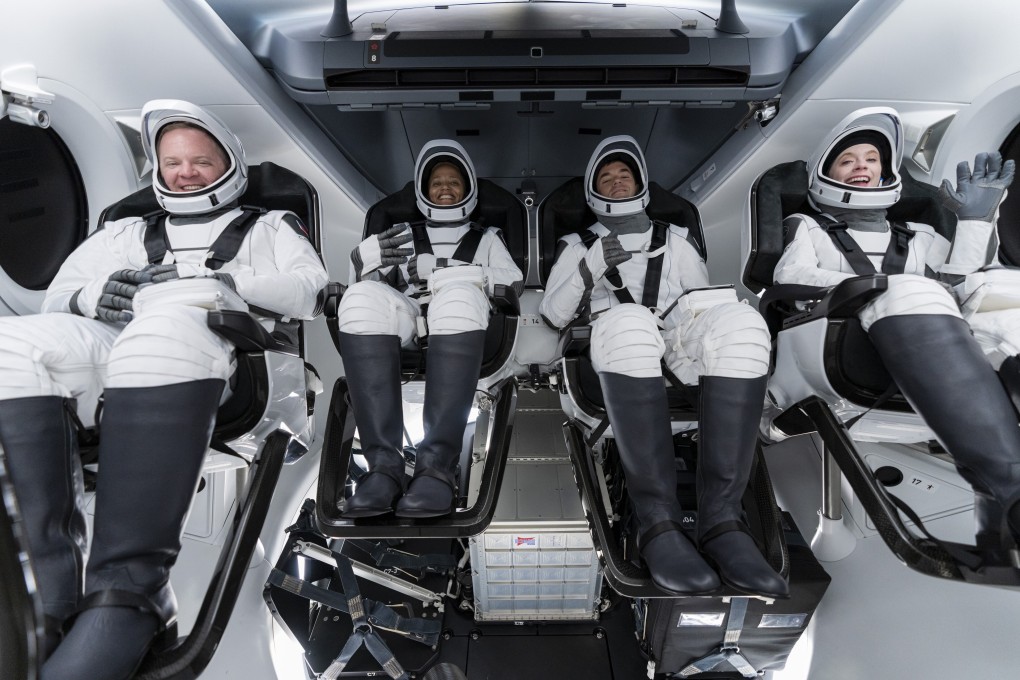Advertisement
Explainer | Things to know about SpaceX’s private flight into Earth’s orbit
- SpaceX set to launch four people into space Wednesday on a three-day mission
- It would be the first to orbit the Earth with exclusively private citizens on board
Reading Time:4 minutes
Why you can trust SCMP
0

For the first time in 60 years of human space flight, a rocket is poised to blast into orbit with no professional astronauts on board, only four tourists.
SpaceX’s first private flight will be led by a 38-year-old entrepreneur who’s bankrolling the entire trip. He’s taking two sweepstakes winners with him on the three-day, round-the-world trip, along with a health care worker who survived childhood cancer.
They’ll ride alone in a fully automated Dragon capsule, the same kind that SpaceX uses to send astronauts to and from the International Space Station for Nasa. But the chartered flight won’t be going there.
Set to launch Wednesday night from Kennedy Space Centre, the two men and two women will soar 160km (100 miles) higher than the space station, aiming for an altitude of 575km, just above the current position of the Hubble Space Telescope.
By contrast, Virgin Galactic’s Richard Branson and Blue Origin’s Jeff Bezos briefly skimmed space during their short rides in July – Branson reached 86km while Bezos hit 106km up.
Advertisement